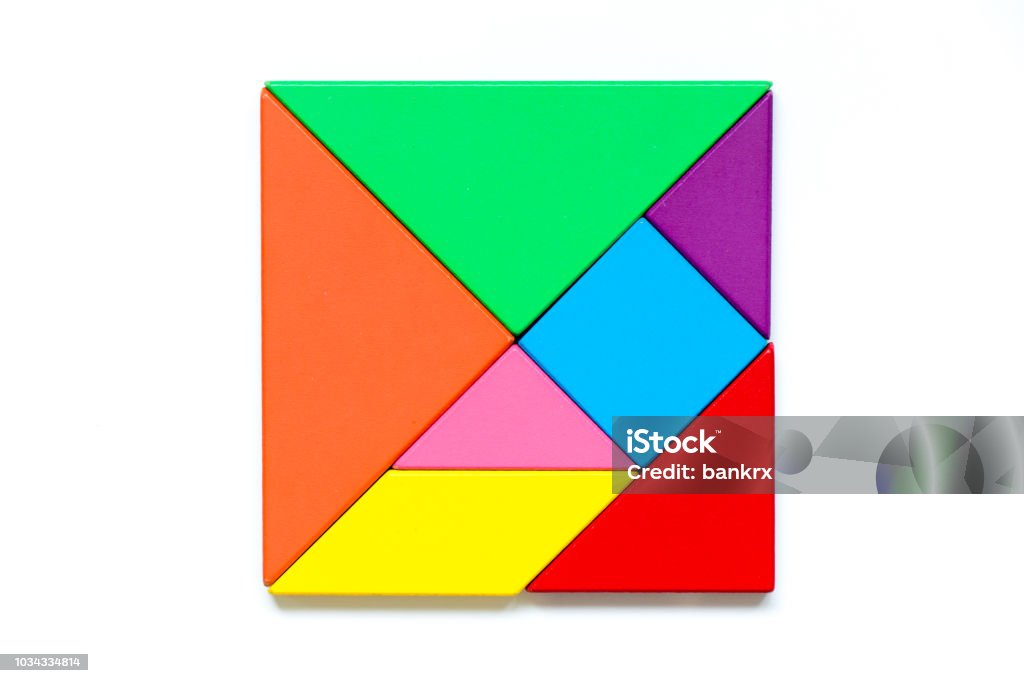THE GEOPLANE AND THE TANGRAM: MEANS TO PROMOTE CREATIVITY
Hi everyone!
A number of teachers seem to have difficulty overcoming the challenges that arise when teaching geometry. One way to address this would be for them to band together to create tools that encourage creativity. Often, it is noticeable that they adopt a simplistic approach in their lessons, without exploring new techniques that could allow students to use their creativity when learning geometry.
The aim is to introduce new didactic resources in the classroom, such as the geoplane and the tangram, which, although little known, are very beneficial for the intellectual development of students. The geoplane allows experimenting with mathematical models and building numerical concepts in different contexts, while the tangram promotes skills such as abstract thinking, spatial relationships, logic and imagination, in addition to introducing geometric concepts. It is important to demonstrate the usefulness of these little-known materials in teaching geometry, as they encourage creativity in learning. In addition, both the geoplane and the tangram facilitate the development of students' logical and creative thinking, offering new and fun ways to learn mathematics, especially plane geometry.
Architect
drawing with a digital pen over an imaginary cadastral map... (2021, junio
9). iStock.
https://www.istockphoto.com/es/foto/dibujo-de-arquitecto-con-un-bol%C3%ADgrafo-digital-sobre-un-mapa-catastral-imaginario-del-gm1320937897-407316327
Color tangram puzzle in square shape on white
background. (2018, septiembre 11). iStock.
https://www.istockphoto.com/es/foto/rompecabezas-de-tangram-de-color-en-forma-cuadrada-en-fondo-blanco-gm1034334814-276932447
Little boy and girl playing with puzzle, education
concept. (2017, noviembre 8). iStock.
https://www.istockphoto.com/es/foto/ni%C3%B1os-jugando-con-rompecabezas-concepto-de-educaci%C3%B3n-gm871510112-145600535





Comentarios
Publicar un comentario